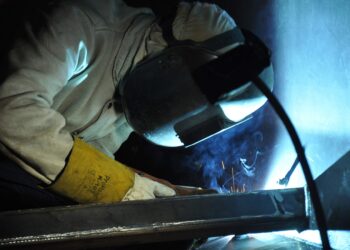
The agricultural sector in Central Eastern Europe (CEE) is undergoing a significant transformation, driven by the adoption of precision agriculture technologies. This modern approach to farming utilises GPS and sensor-based technologies to enable the precise application of inputs like water, fertilisers, and pesticides, and for real-time monitoring of crop health. This shift is not just a technological upgrade; it represents a fundamental change in how agriculture is practised in the region, moving towards more efficient, sustainable, and productive farming methods.
Precision agriculture harnesses the power of data to make farming more accurate and controlled. GPS technology allows for precise mapping of fields, enabling farmers to understand the variability within their land. This variability can be in terms of soil type, moisture levels, nutrient needs, and pest pressures. By understanding these differences, farmers can tailor their inputs to specific parts of a field, rather than applying the same amount across an entire area. This not only reduces waste and cost but also minimises environmental impact.
Sensor-based technologies play a crucial role in monitoring crop health and soil conditions. Sensors placed in fields or on equipment can provide valuable data on soil moisture, nutrient levels, and crop health indicators. This data can then be used to make informed decisions about irrigation, fertilisation, and pest control, often in real-time. For example, in Poland, where agriculture plays a significant role in the economy, farmers are increasingly adopting sensor technologies to optimise their irrigation systems, ensuring that crops receive the right amount of water at the right time.
In Hungary, renowned for its diverse agricultural production, precision agriculture is being used to enhance the quality and yield of its produce. Vineyards in Hungary are utilising sensor-based technologies to monitor grapevine health, enabling vintners to optimise their harvest and produce higher quality wines.
Czechia and Slovakia are also seeing a surge in precision agriculture adoption, particularly in large-scale farming operations. Here, the technology is used not only for crop monitoring but also for planning and logistics, helping to streamline operations and reduce labour costs.
Despite the clear benefits, the adoption of precision agriculture in CEE faces several challenges. One of the main barriers is the cost of technology, which can be prohibitive for small-scale farmers. Additionally, there is a need for training and education to ensure farmers are equipped to use these technologies effectively.
The adoption of precision agriculture in Central Eastern Europe is a pivotal development in the region’s agricultural sector. By leveraging GPS and sensor-based technologies, farmers in CEE are able to practise more precise, efficient, and sustainable agriculture. This not only has the potential to increase yields and profitability but also to reduce the environmental footprint of farming. As technology continues to advance and become more accessible, it is likely that precision agriculture will become an increasingly integral part of farming in CEE.






